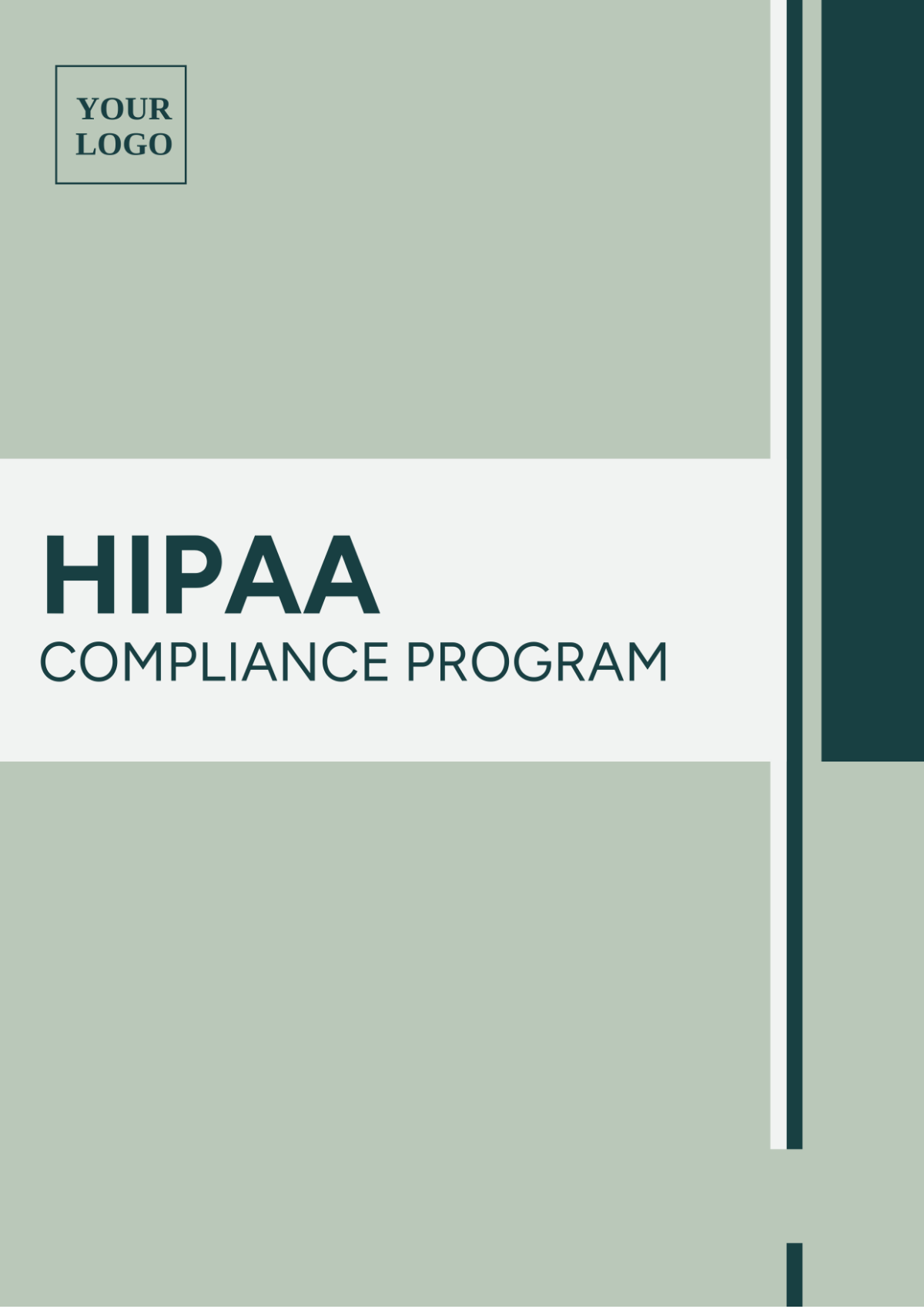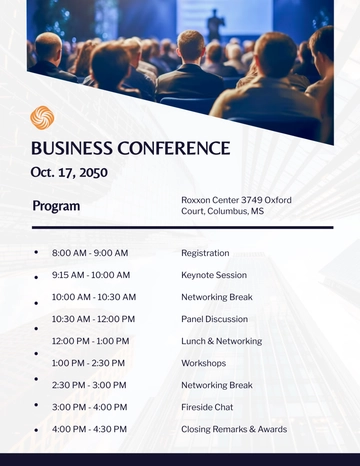HIPAA Compliance Program
I. Introduction
A. Purpose of the HIPAA compliance program
The HIPAA compliance program aims to provide a structure for healthcare institutions to secure protected health information (PHI), including its accessibility, accuracy, and protection against unauthorized disclosure, or loss.
B. Overview of HIPAA regulations
HIPAA provisions, like the Privacy Rule, Security Rule, and Breach Notification Rule, are regulations designed to safeguard PHI, including ePHI, and to mandate breach notifications.
C. Importance of compliance for healthcare organizations
Adhering to HIPAA regulations is vital for healthcare firms to avert legal repercussions, preserve patient confidentiality, retain patient trust, and secure sensitive health data. Violations can lead to considerable fines, legal issues, reputational damage, and business loss.
II. Administrative Safeguards
A. Privacy Officer Designation
B. Policy and Procedure Development
C. Employee Training and Awareness
D. Compliance Monitoring and Auditing
III. Physical Safeguards
A. Facility access controls
Only authorized individuals should access PHI facilities, potentially with ID badges, biometric scanners, guards, and cameras as access controls.
B. Secure workstation policies
Ensure PHI-handling workstations and devices are secured with password protections, screen locks, automatic logouts, as well as physical safeguards like cable locks and privacy screens to avoid unauthorized access or disclosure.
C. Device and media controls
Organizations need secure policies to store, transport, and dispose of devices with PHI, including options like data encryption, secure containers, and disposal methods like shredding or degaussing.
IV. Technical Safeguards
A. Access controls:
B. Encryption:
C. Audit controls:
V. Organizational Requirements
A. Business associate agreements:
B. Policies for handling PHI in a multi-entity organization:
C. Employee training and awareness programs:
D. Documentation and record-keeping requirements:
VI. Security Risk Analysis
A. Conducting a comprehensive risk assessment:
B. Identifying vulnerabilities and threats to PHI:
C. Developing mitigation strategies and action plans:
D. Regular review and updates to the risk analysis process:
VII. Incident Response and Breach Notification
A. Organizations need procedures for handling PHI security incidents, including forming response teams, setting escalation processes, and establishing communication protocols.
B. In the event of a PHI breach, organizations must inform affected individuals and regulatory bodies, adhering to HIPAA rules, providing detailed notifications, and suggesting protective actions.
C. Organizations must document and report all PHI breaches and security incidents to ensure compliance with HIPAA regulations.
VIII. Signature

[Compliance Officer]
[Date]
Compliance Templates @ Template.net































